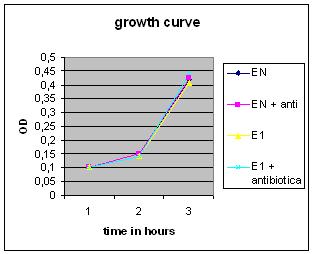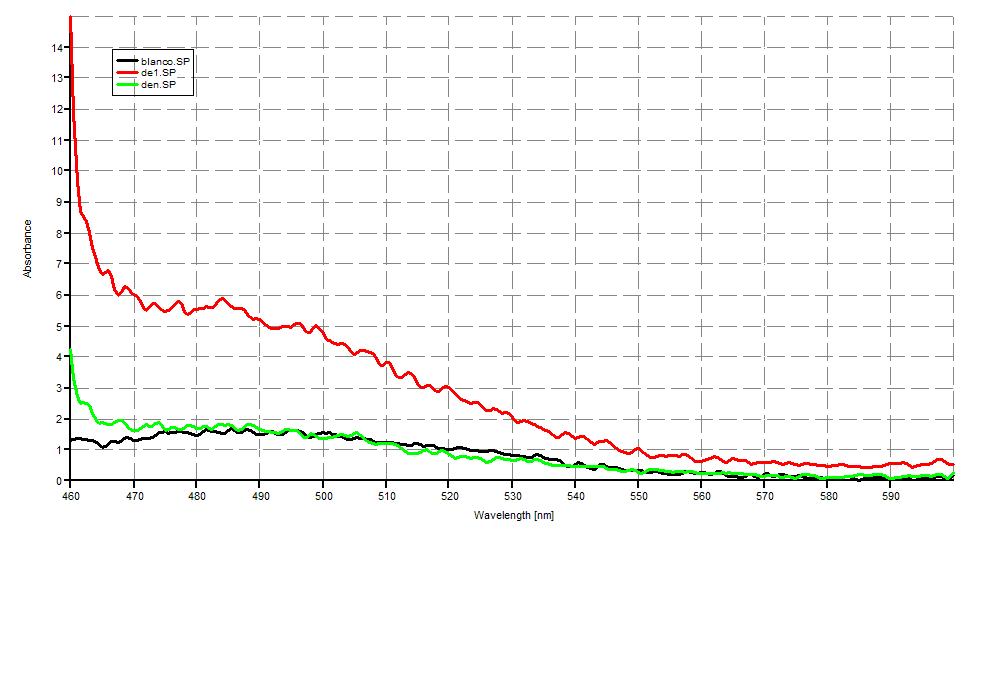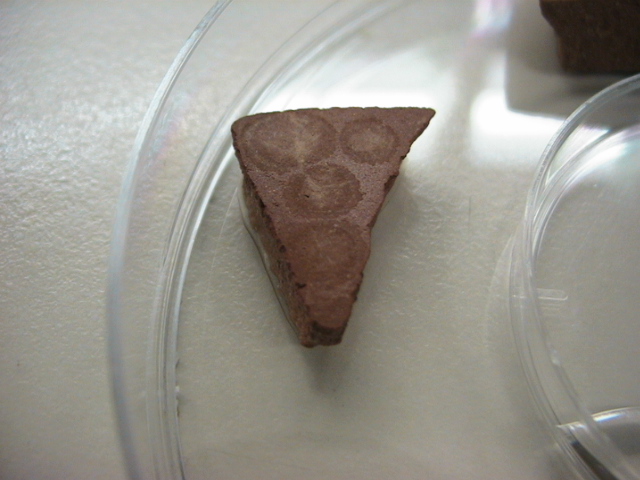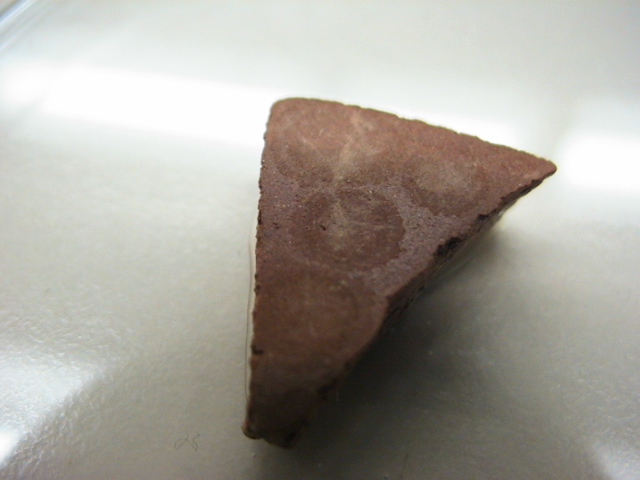Team:Groningen/20 September 2010
From 2010.igem.org
Week 29
Expression test-Peter & David
Succesfull in disrupted samples!
Exression experiment
Peter & David
For this experiment, the following B. subtilis 168 strains were used:
All cultures were grown overnight at 37 degrees Celsius in a shaker room, the appropriate antibiotics were used at all points in time during this experiment.
Overnight cultures were used to dilute to a B. subtilis culture of 0,1 OD, these strains were divided into ‘’induced’’ and ‘’non-induced’’. Induction with 0,5% subtilin was done at a OD of 0,5 (approximately 2,5 hours after growth of the 0,1 culture started).
After that the OD of the cultures was measured every .. hours.
Sample preperation
After .. hours, .. after induction, the samples were collected and processed. The following procedures were used:
Pellet preperation (PelletPrepGR)
Supernatant processing (SupernatantPrepGR)
Cell disruption (ExtractionCellWallsGR)
Lysozyme preperation (LysozymePrepGR)
Analysis was done using SDS-PAGE (SDS-PAGEGR) and THT staining (THTstainingGR).
Results:
Growth Curve
When preparing the pellets for disruption there was a difference visible between the induced and the non induced strains. The induced sample on the left formed a somewhat flaky pellet in comparison to the non induced sample.
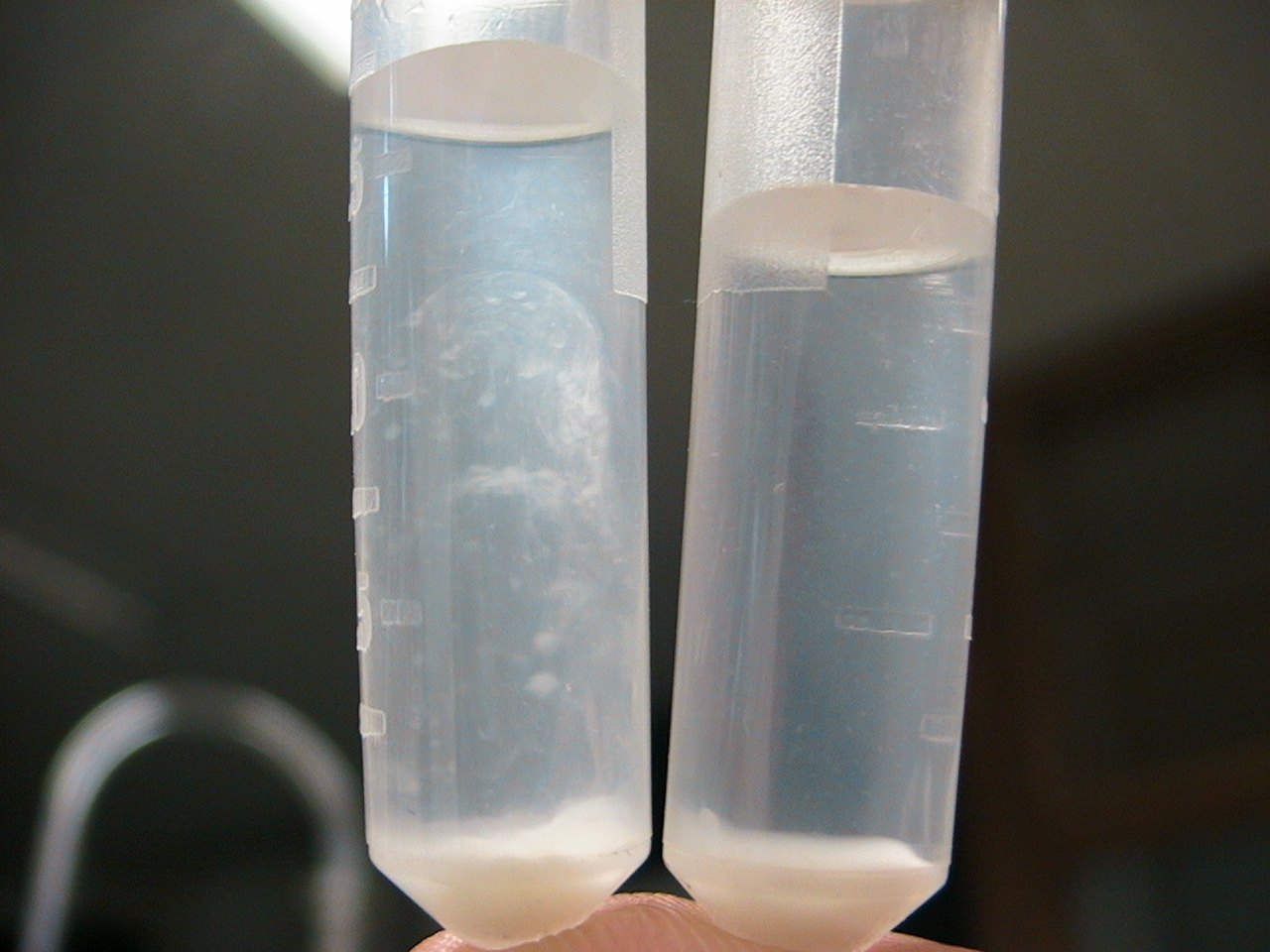
THT Staining Disrupting are samples before ThT staining proved very succesful. Disruption isolates the cellenvelop fraction of the cells. And because the samples are cooked twice in SDS, a lot of proteins that would normally create noise in the ThT measurement are denaturized. These leaves only the persistant chaplin proteins in the sample. This was shown very well on the ThT emission below, with the induced samples showing a clear emission peak around the 482 nm just as is exspected with amyloids. The non-induced samples have such low emissions that it more or less equals the blanco.
SDS-PAGE
Chaplin ladder on gel-Peter
Starting with transformations GFP in bacillus
Modellers: Find constants and parameters for gene expression model Laura, Djoke
Initial programming of gene expression model in Matlab. Laura
David
biofilm paste
- Medium pasta The goal was to get a paste like medium that could easily be applied to surfaces. First we tried to get this consistency by adding low amounts of agar to liquid medium, but because of the property of agar to be either liquid or solid with no fase in between this resulted in bad coating properties. Agar does not have a vicious consistency and therefore does not easily adhere to surfaces. By adding different concentrations of cornstarch flour to liquid LB medium, this vicious property could be attained. Experimentations were done with 50 ml liquid LB medium: 0.5, 1, 2, 5 g corn starch flour. After adding the corn starch flour to the medium it was autoclaved. It seemed that the most optimal consistency was attained at 2 g per 50 ml, Creating a still 'pourable' liquid yet being very viscous. After cooling down, the paste further thickens. This 2g:50 ml was tested with bacillus strains: degU, Rok,
 "
"

